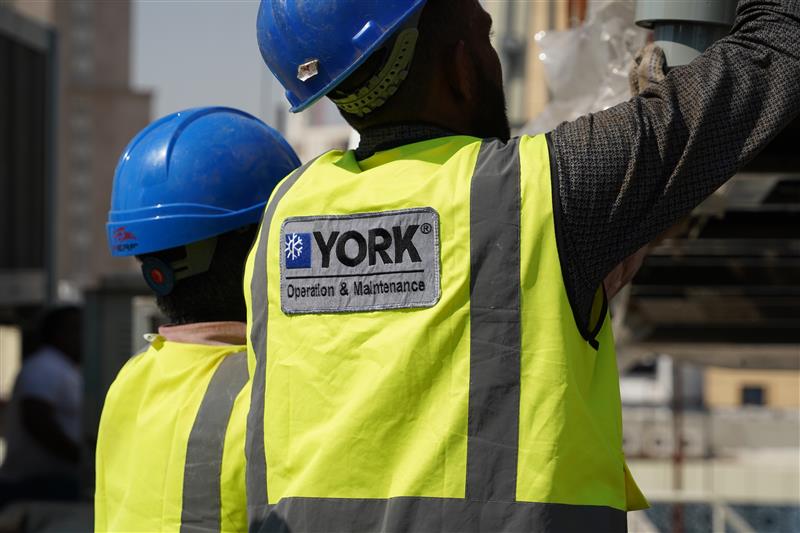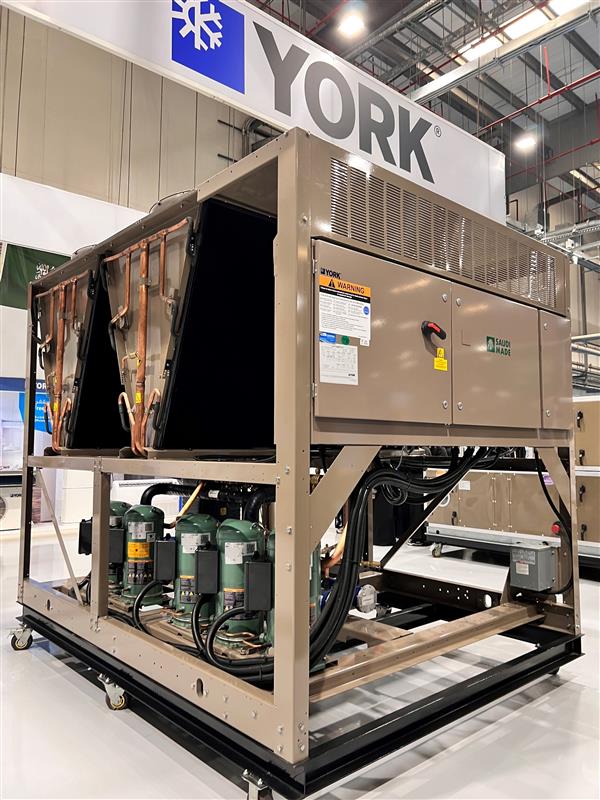Products and Solutions
- Products and Solutions
- Residential and Light commercial When Functionality Meets Design
- Chillers Solutions The Industry's Widest Range Of Chillers
- Airside Solutions We Have A System Perfectly Aligned To Your Building's Needs and Budget
- Building Automation Controls Intelligent Solutions for Every Facility
- Fire Detection Solutions and Products to Help Protect People and Facilities
- Critical Environment Improving safety and enhancing visibility
- Fire Suppression Helping Save Lives and Protect Property
- Security Comprehensive Solutions To Protect People
- Digital Solutions The Future's Blueprint: OpenBlue Technology
- Industrial Refrigeration Industrial Refrigeration Systems
- Spare Parts Maintaining the performance of your AC and HVAC
Industries
- Industries
- Residential Residential Solutions for Safer and Smarter Homes
- Healthcare Improving Patient Outcomes With Sustainable Healthcare Facilities
- Hospitality Meet the demands of guests and investors
- Higher Education Creating Safe and Sustainable Learning Environments
- Data Centers Smarter, Safer, and More Resilient Data Center Solutions
- Global Marine and Navy Meeting the Growing Challenges of the Marine and Navy Industry
- Sports and Entertainment Arenas That Are Safe, Secure, Comfortable, and Connected




































